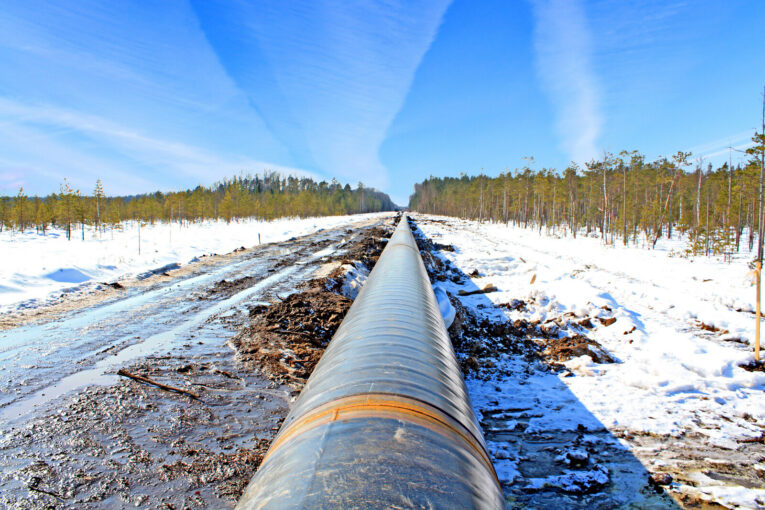
[ad_1]
U.S. natural gas futures edged up to a fresh a one-week high on Tuesday on worries a possible railroad strike could threaten coal supplies to power plants, which could force generators to burn more gas to produce electricity.
The White House made contingency plans seeking to ensure deliveries of critical goods in the event of a shutdown of the U.S. rail system while again pressing railroads and unions to reach a deal to avoid a work stoppage affecting freight and passenger service.
“Market players… fixated on the potential for U.S. coal supplies to be threatened amid a looming strike by the U.S. railroad union workers later this week,” analysts at energy consulting firm Gelber & Associates said, noting the market ignored several bearish factors.
Those bearish factors included record output, forecasts for lower demand next week than previously expected and the ongoing outage at the Freeport liquefied natural gas (LNG) export plant in Texas, which has left more gas in the United States for utilities to inject into stockpiles for next winter.
Freeport, the second-biggest U.S. LNG export plant, was consuming about 2 billion cubic feet per day (bcfd) of gas before it shut on June 8. Freeport LNG expects the facility to return to at least partial service in early to mid-November.
Front-month gas futures rose 3.5 cents, or 0.4%, to settle at $8.284 per million British thermal units (mmBtu), their highest close since Sept. 2 for a second day in a row.
That also put the contract up for a fourth day in a row for the first time since May.
So far this year, gas futures are up about 123% as higher prices in Europe and Asia keep demand for U.S. LNG exports strong. Global gas prices have soared due to supply disruptions and sanctions linked to Russia’s Feb. 24 invasion of Ukraine.
Gas was trading around $56 per mmBtu in Europe and $53 in Asia.
Russian gas exports via the three main lines into Germany – Nord Stream 1 (Russia-Germany), Yamal (Russia-Belarus-Poland-Germany) and the Russia-Ukraine-Slovakia-Czech Republic-Germany route – have averaged just 1.4 bcfd so far in September, down from 2.5 bcfd in August and 10.8 bcfd in September 2021.
TOP PRODUCER
U.S. gas futures lag far behind global prices because the United States is the world’s top producer with all the fuel it needs for domestic use, while capacity constraints and the Freeport outage prevents the country from exporting more LNG.
Data provider Refinitiv said average gas output in the U.S. Lower 48 states have risen to 93.1 bcfd so far in September from a record 98.0 bcfd in August.
With the coming of cooler autumn weather, Refinitiv projected average U.S. gas demand, including exports, would slip from 93.1 bcfd this week to 92.7 bcfd next week. The forecast for next week was lower than Refinitiv’s outlook on Monday.
The average amount of gas flowing to U.S. LNG export plants has risen to 11.2 bcfd so far in September from 11.0 bcfd in August. That compares with a monthly record of 12.9 bcfd in March. The seven big U.S. export plants can turn about 13.8 bcfd of gas into LNG.
The reduction in exports from Freeport is a problem for Europe, where most U.S. LNG has gone this year as countries there wean themselves off Russian energy.
Gas stockpiles in northwest Europe – Belgium, France, Germany and the Netherlands – were currently about 4% above their five-year (2017-2021) average for this time of year, according to Refinitiv. Storage was currently around 86% of capacity.
That is much healthier than U.S. gas inventories, which were still about 12% below their five-year norm.
[ad_2]
You can read more of the news on source



